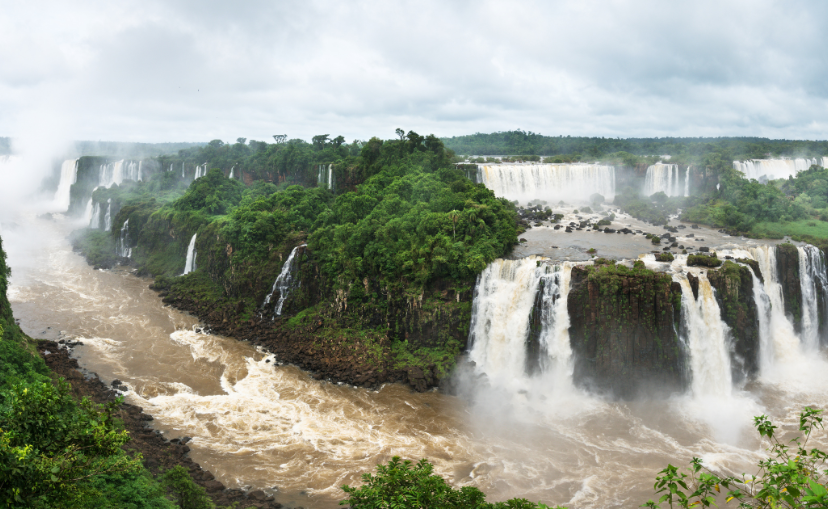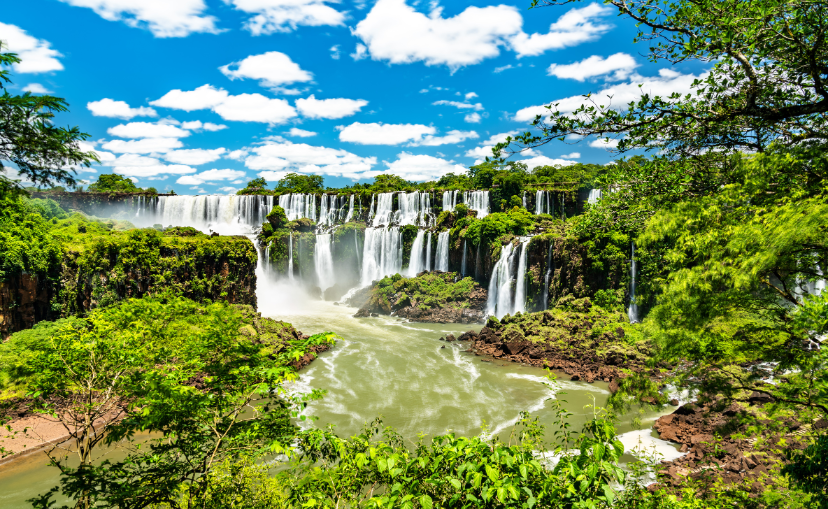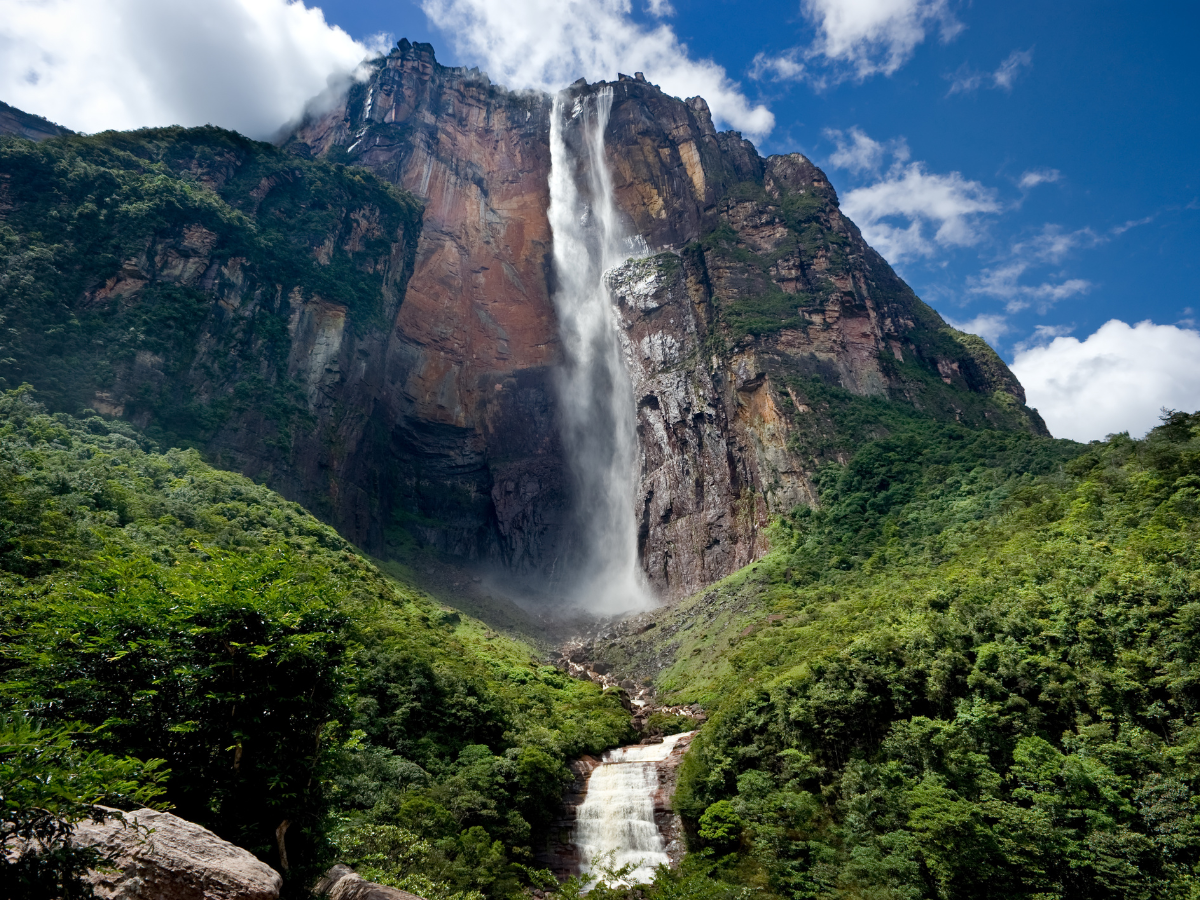Lake Titicaca Travel Guide For First-Time Visitors In 2025
A Travel Guide For Those First-Time Visitors To Lake Titicaca. We explore the history, must-visit places on the lake, as well as their top attractions, when to visit, how to get there and more.
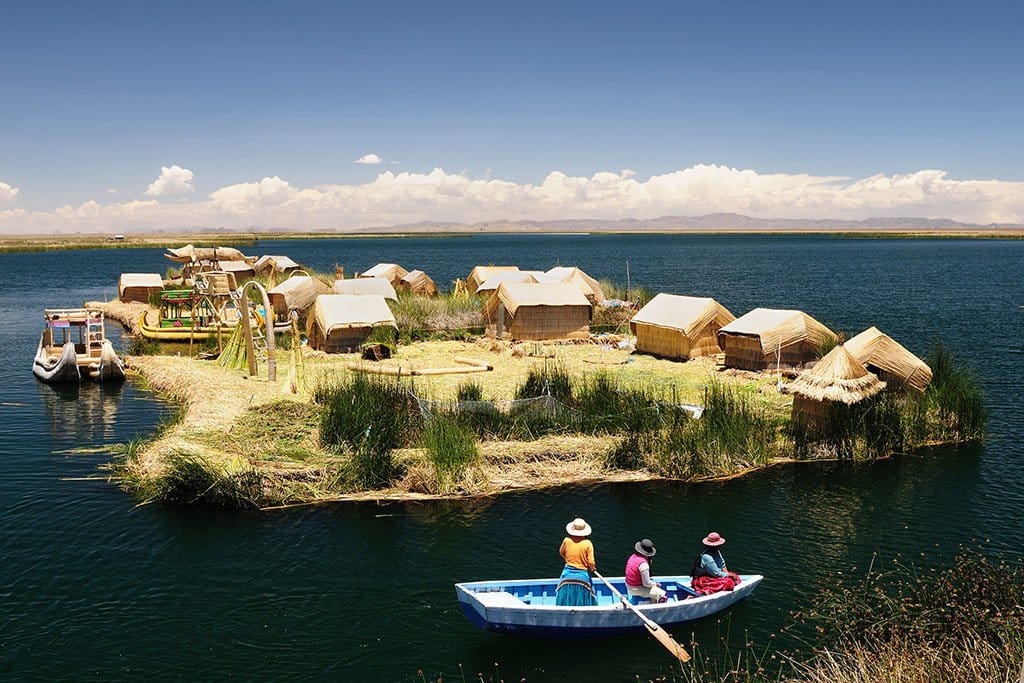
Guide For First-Time Visitors To Lake Titicaca
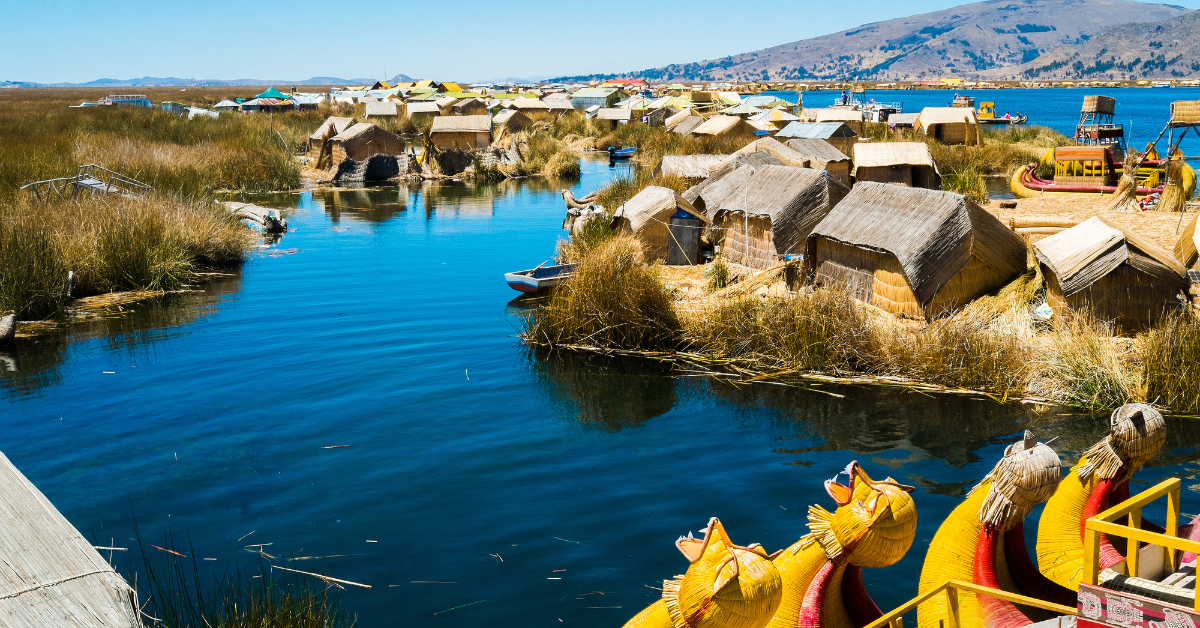
Visiting Lake Titicaca was one of the most incredible experiences of my life. Standing on the shores of the world’s highest navigable lake, surrounded by the majestic Andes Mountains, I felt as though I was stepping into another world.
The vast, blue waters, the ancient ruins, and the rich traditions of the people living around the lake made me reflect on the lost knowledge and ancient wisdom that once flourished here. Walking on the floating islands of the Uros people, I was struck by how deeply connected this place is to history and myth. Lake Titicaca truly felt like a mystical portal into a time long before us.
If you’re planning a trip to this iconic destination, here’s a comprehensive Lake Titicaca travel guide filled with everything you need to know about visiting this magical region.
The History of Lake Titicaca
Lake Titicaca is steeped in history and holds a sacred place in the legends of the Inca Empire. According to Inca mythology, the god Viracocha emerged from the waters of Lake Titicaca to create the sun, moon, stars, and the first humans. This creation story gives the lake its nickname as the “Birthplace of the Sun.” The region’s ancient ruins, such as those on Isla del Sol, showcase the lake’s deep cultural significance.
Before the rise of the Inca, the area surrounding Lake Titicaca was home to the Tiwanaku civilization, one of the most advanced pre-Columbian cultures in South America, flourishing between 600 AD and 1000 AD. The Tiwanaku people built impressive structures, including temples and pyramids, and evidence of their civilization can be seen at the site of Tiwanaku on the southern shores of the lake. The discovery of an underwater temple in the lake in 2000 reveals even more about the sacred role Lake Titicaca played for earlier civilizations.
The modern-day Uros people, who still live on their iconic floating islands made of totora reeds, continue the ancient traditions of their ancestors, offering a living example of the unique cultures that have thrived around the lake for centuries.
Most Popular Must-See Destinations and Attractions On Lake Titicaca
Lake Titicaca offers a wealth of destinations, from sacred islands to historic ruins and charming towns. Below are some must-see places around Lake Titicaca.
Isla del Sol
(Island of the Sun)
Isla del Sol, located on the Bolivian side of Lake Titicaca, is considered one of the most important sacred sites in Incan mythology. The Inca believed that the first Inca, Manco Capac, was born here, and the island is filled with ancient ruins, including the Chincana labyrinth and the Pilko Kaina temple.
Highlights and Attractions
- Explore the Chincana ruins and learn about their significance in Inca mythology.
- Hike to the Pilko Kaina temple for panoramic views of the lake.
- Visit traditional Quechua communities and experience their way of life.
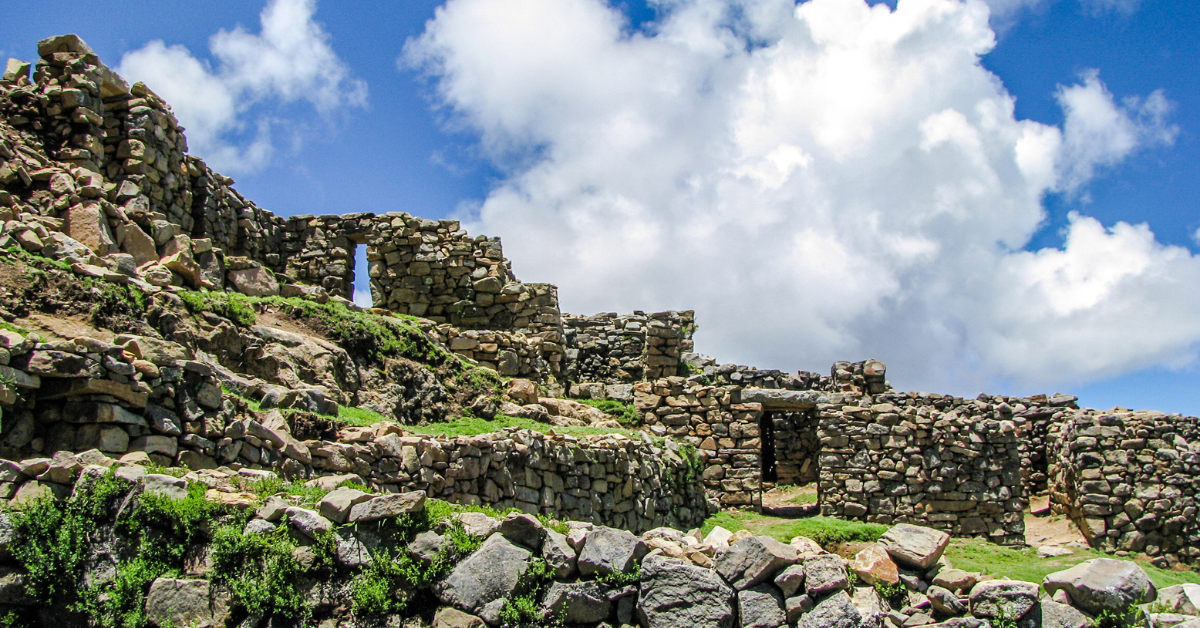
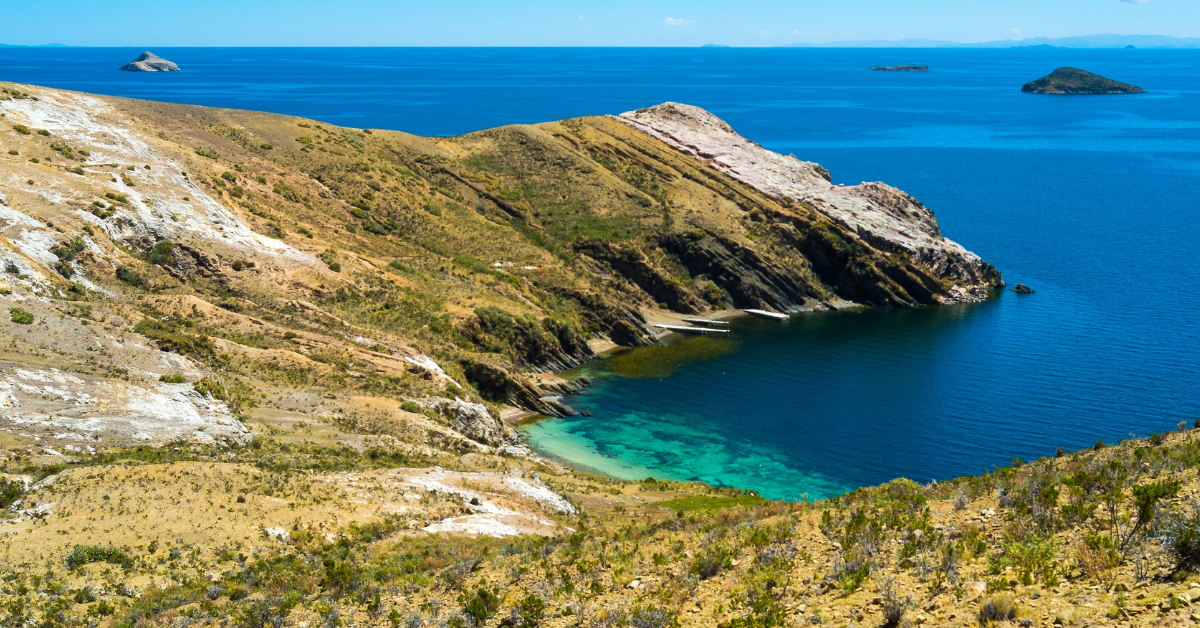
Isla de la Luna
(Island of the Moon)
Isla de la Luna, or "Island of the Moon," lies near Isla del Sol. In Incan mythology, this island was the residence of the moon goddess and the site of an important temple called Inak Uyu.
Highlights and Attractions
- Visit the Inak Uyu temple, which was once home to the "Virgins of the Sun."
- Explore the peaceful island’s hiking trails for beautiful views of the lake.
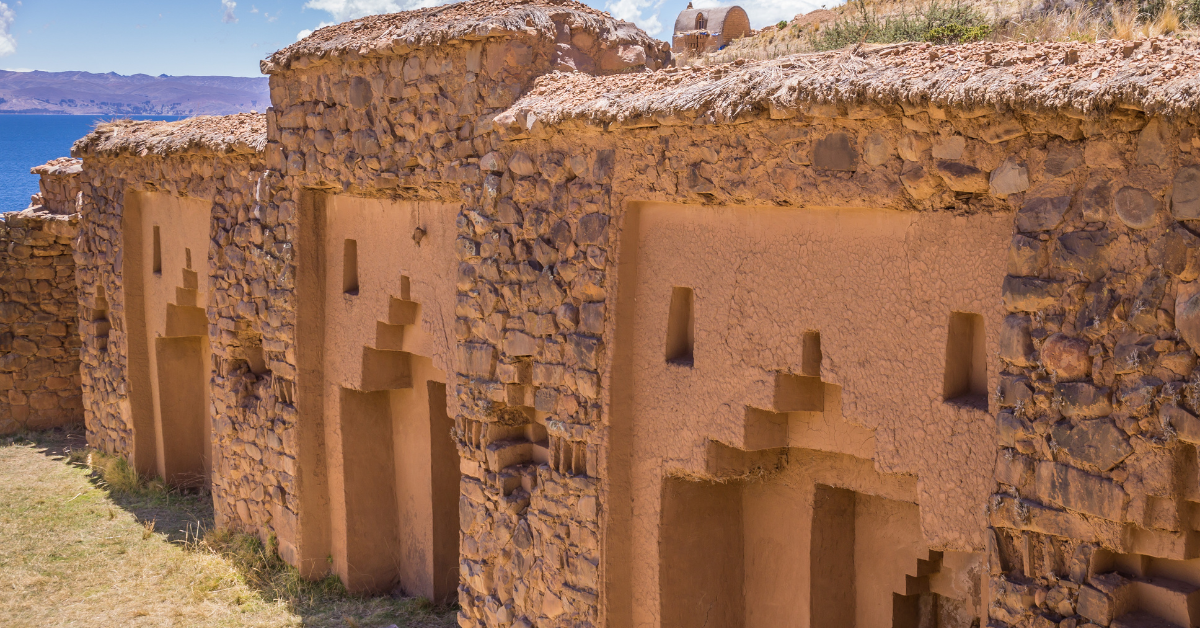
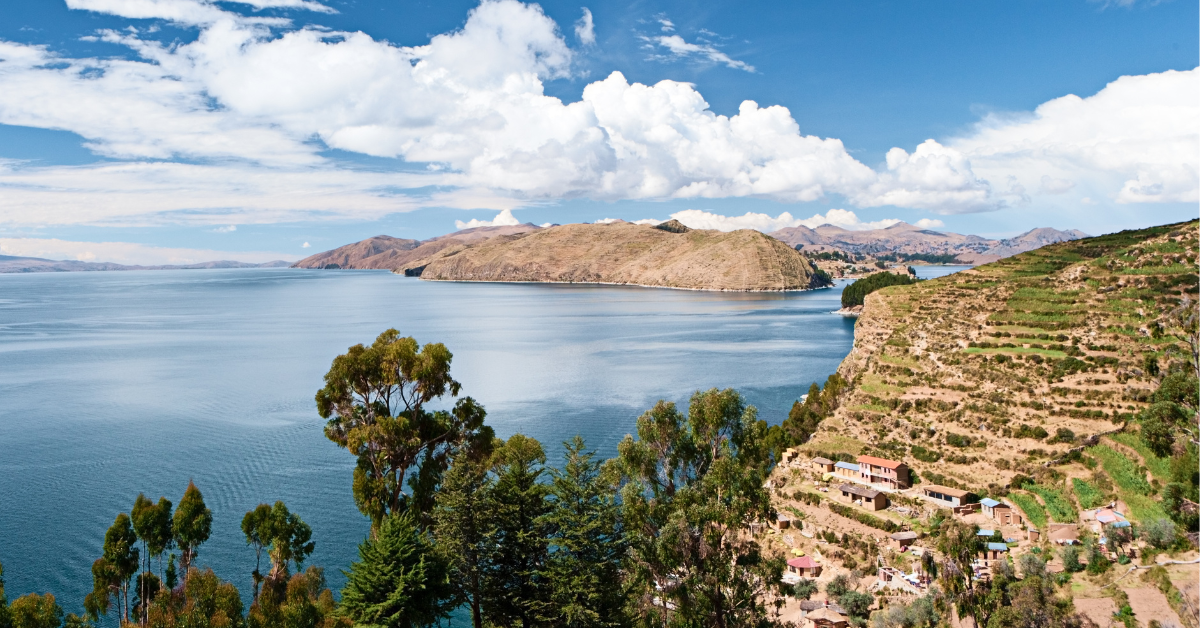
Uros Floating Islands
The Uros Floating Islands—located in the Bay of Puno—are an iconic destination on Lake Titicaca, home to the Uros people who have lived on these man-made islands for centuries. These islands are constructed from Totora Reeds, which grow naturally in the lake. Visitors can learn about the Uros’ ancient lifestyle and take a ride on a traditional reed boat. The Uros people built these islands to escape attacks from the Incas, and they must add a new layer of reeds every 15-20 days as the bottom layer rots, a new layer must be added to the top.
Highlights and Attractions
- Explore the floating islands and learn how they are built from totora reeds.
- Take a reed boat ride with the locals.
- Visit local schools and experience how the Uros community lives today.
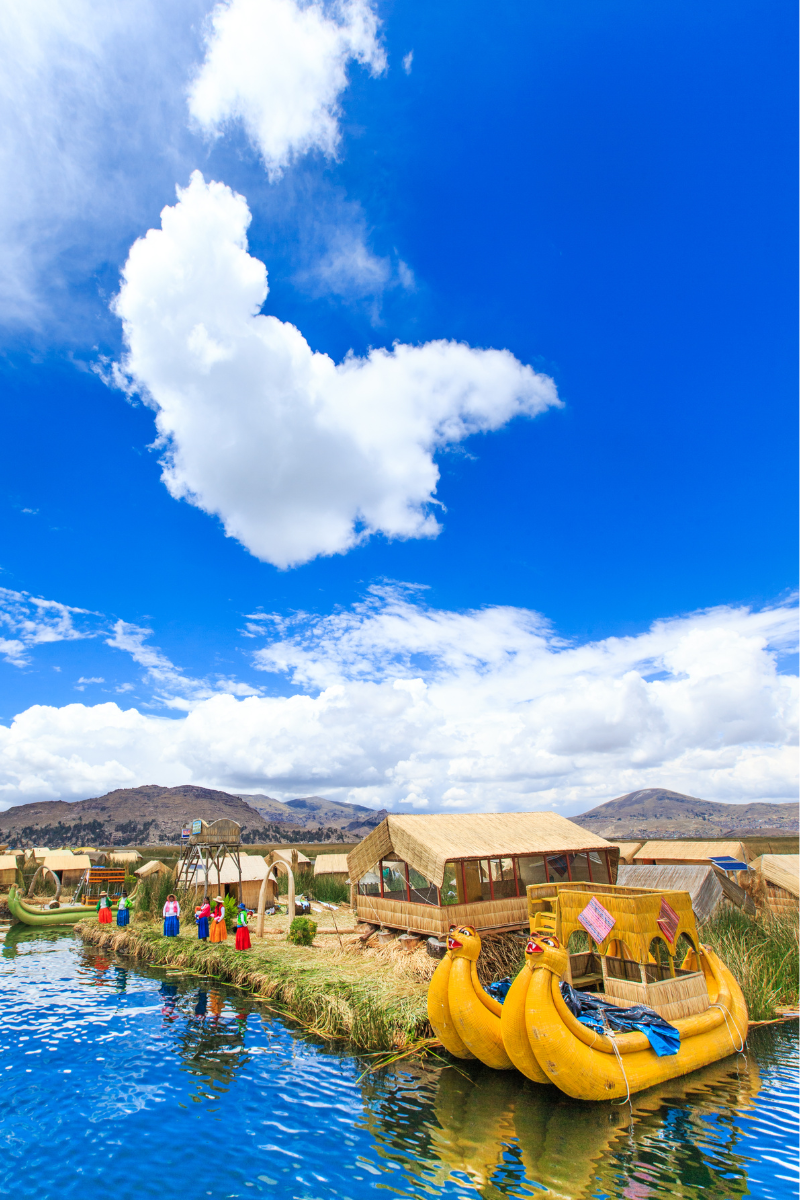
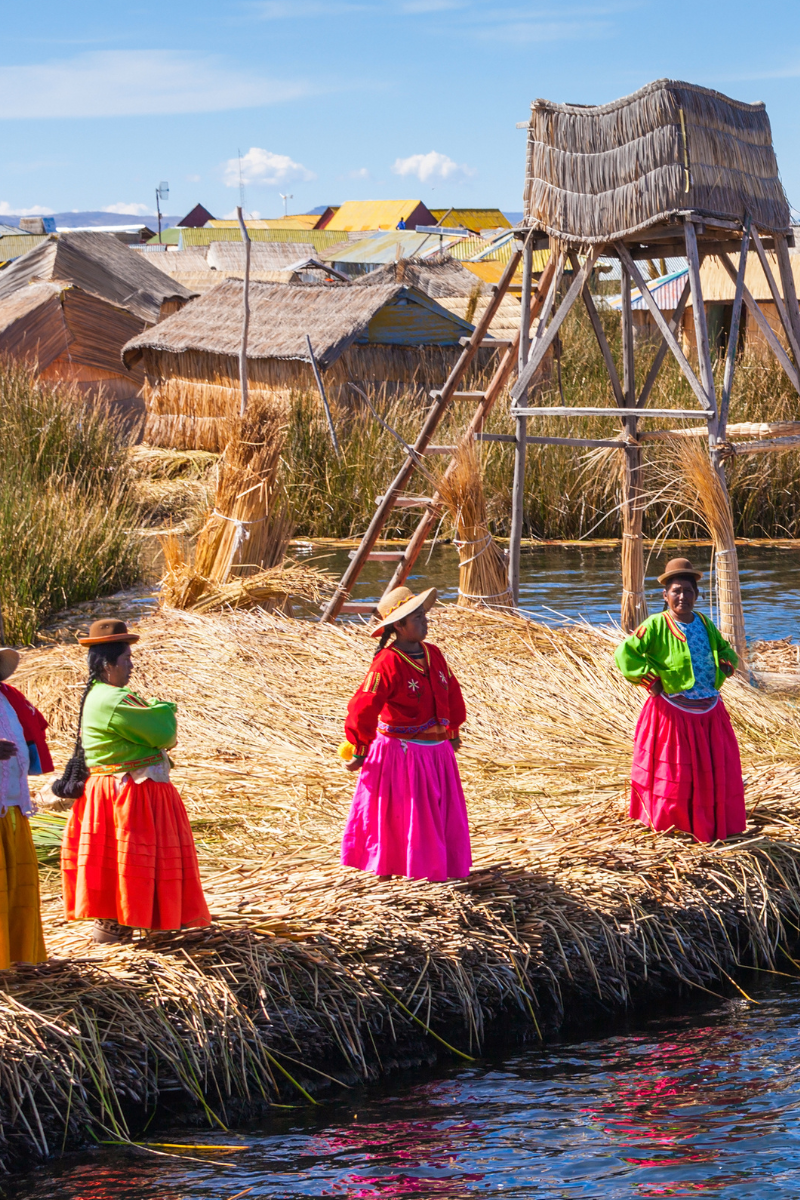
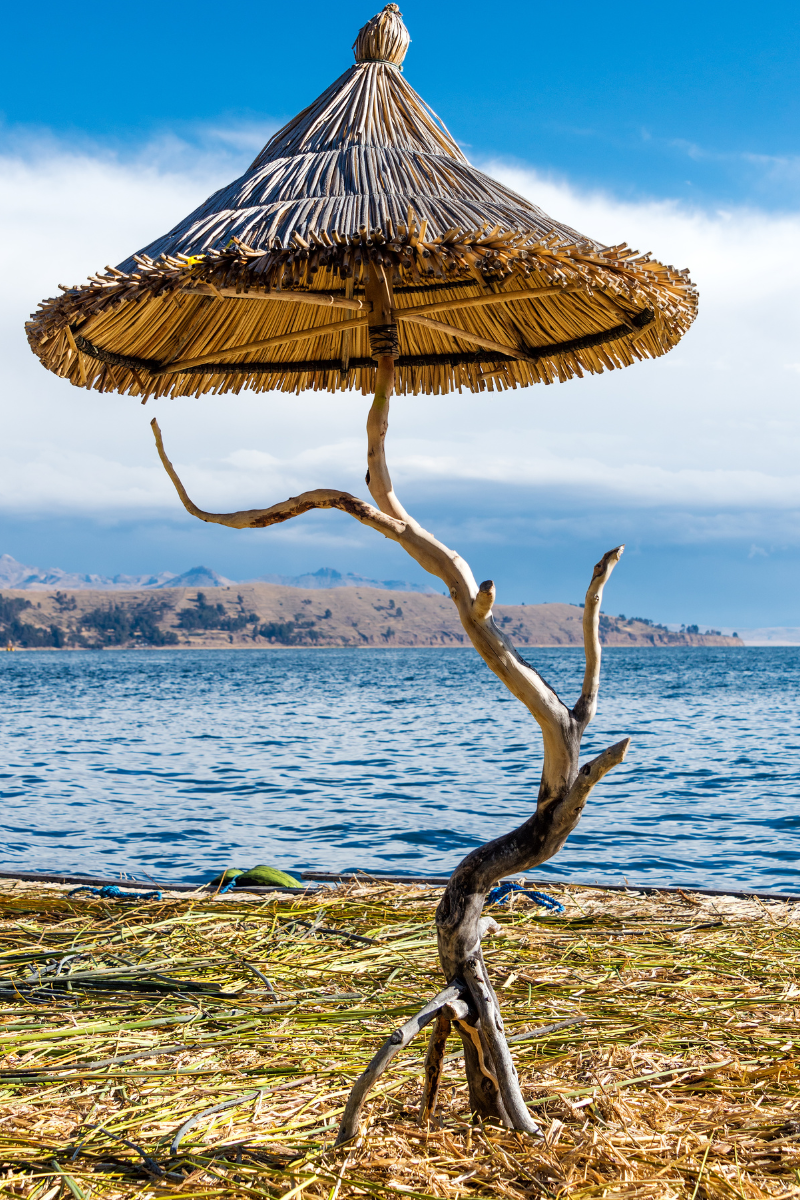
Taquile Island
Taquile Island is famous for its UNESCO-recognized textile traditions. The Taquileños are master weavers, and visitors can witness their intricate designs firsthand. The island's inhabitants, known as the Taquileños, have preserved their ancient weaving techniques for generations, making their textiles a symbol of both artistic skill and cultural identity. These master weavers are famous for their intricate designs, which often feature bold geometric patterns and vibrant colors, all created using traditional looms.
Highlights and Attractions
- Participate in a textile weaving demonstration with local artisans.
- Hike to the island’s summit for breathtaking views of Lake Titicaca.
- Enjoy a traditional meal prepared by a local family.
- Beautiful Trails With Amazing Views
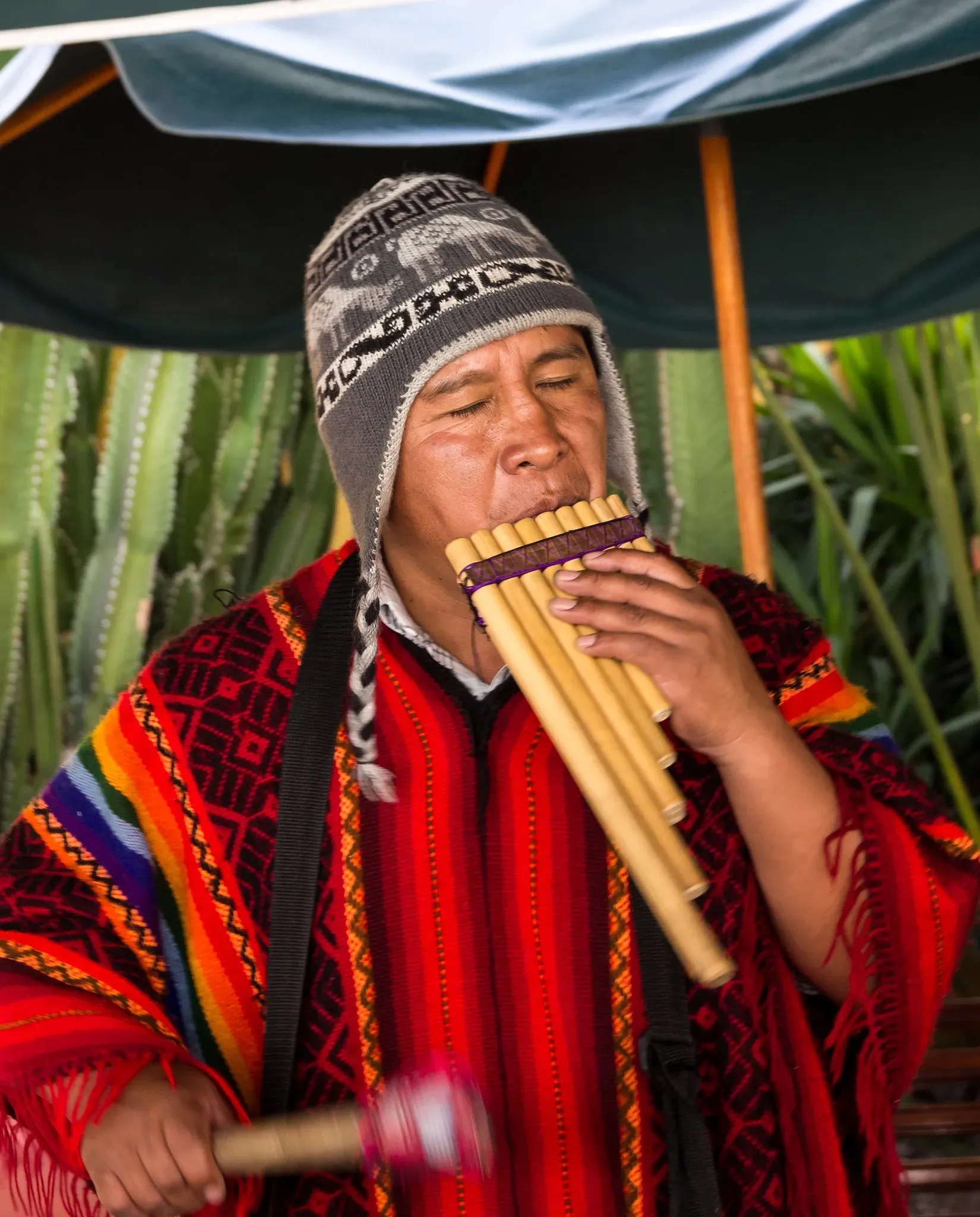
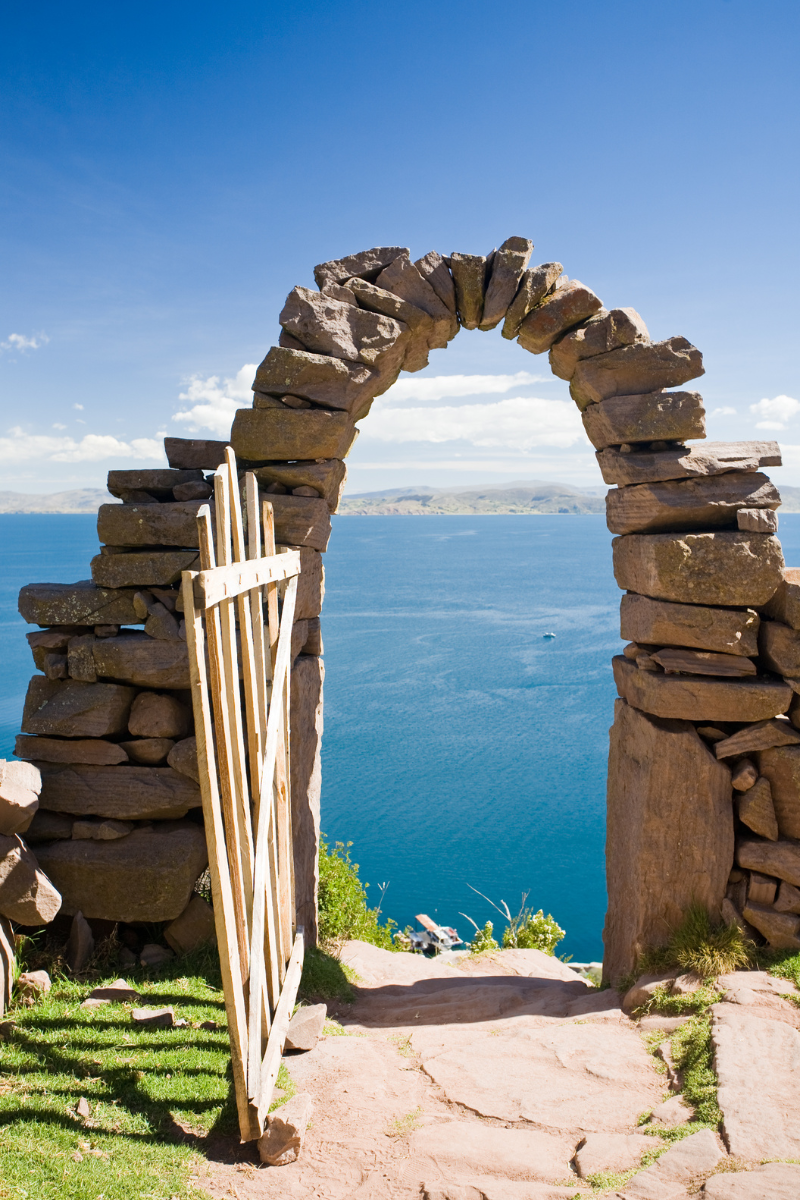
Amantani Island
Amantani Island is known for its peaceful atmosphere and agricultural terraces. The island is home to two significant temples, dedicated to Pachamama (Mother Earth) and Pachatata (Father Earth).
Highlights and Attractions
- Experience a homestay with a local family.
- Visit the Pachamama and Pachatata temples, and hike to their summits for incredible sunset views.
- Explore the island’s agricultural terraces and learn about Incan farming techniques.
- Breathtaking sunset hikes

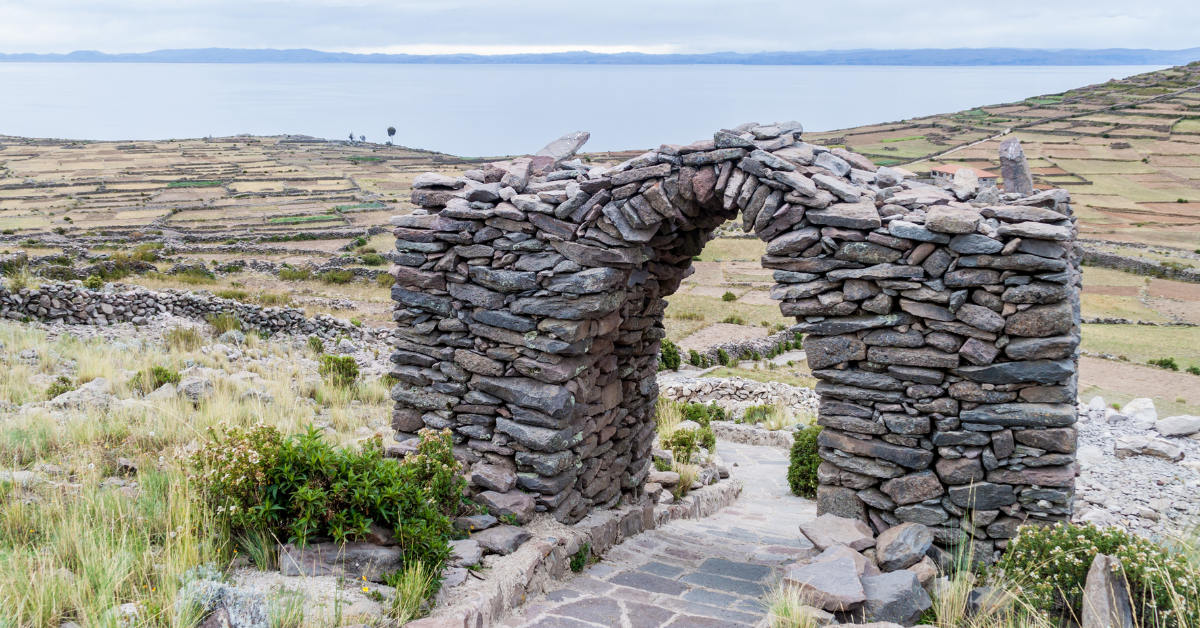
Sillustani
Sillustani, is an archaeological site near Puno, known for its Chullpas—pre-Incan funerary towers built by the Colla people. The site is not on Lake Titicaca, but rather on Lake Umayo—sitting only 6 miles away—Sillustani offers stunning views of Lake Umayo and is an important location for understanding ancient burial practices.
Highlights and Attractions
- Visit the towering Chullpas and learn about the Colla people.
- Take in the scenic views of Lake Umayo.
- Ancient funerary towers (Tombs) that are date back pre-Incan
- Scenic lakeside views
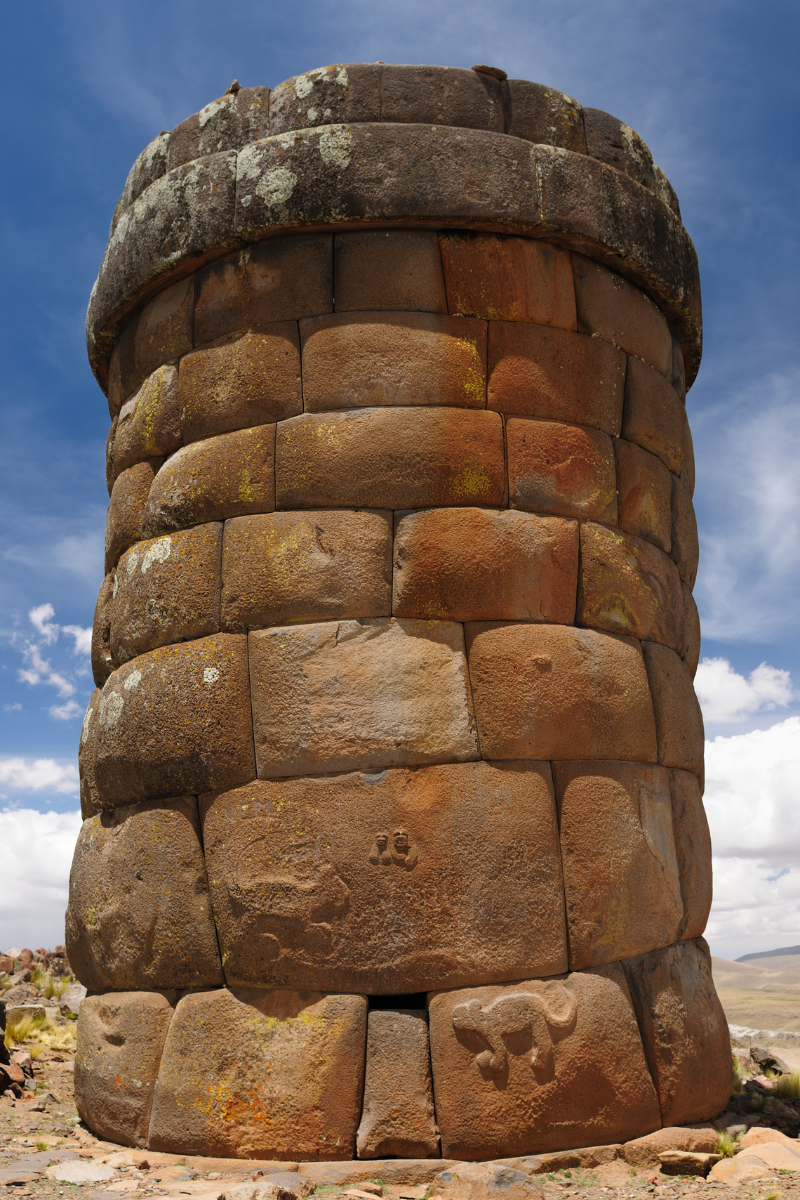
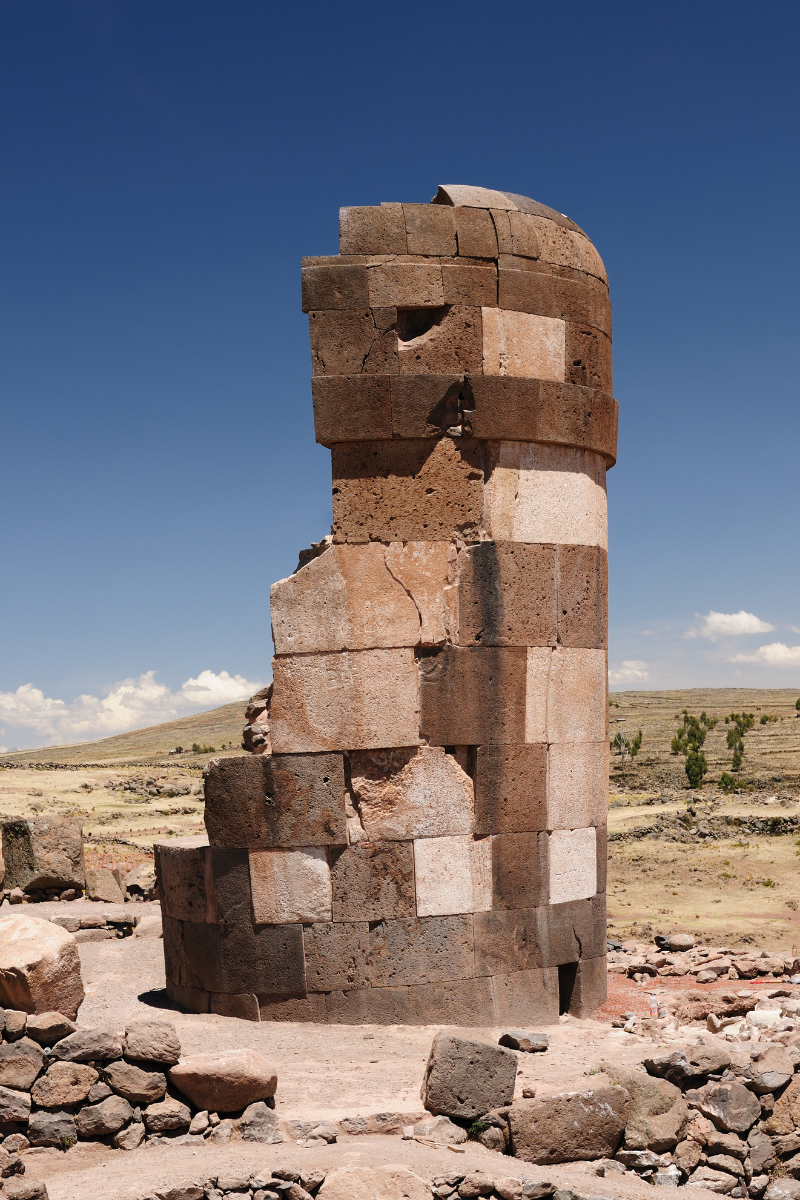
Aramu Muru
Aramu Muru is a mystical stone doorway located near Puno. Known as the “Gate of the Gods,” it is considered by locals to be a powerful spiritual site. Some believe that the stone gateway is a portal to another dimension.
Highlights and Attractions
- Visit the Aramu Muru stone gate and hear local legends about its mystical powers.
- Meditate at the site to experience its spiritual energy.
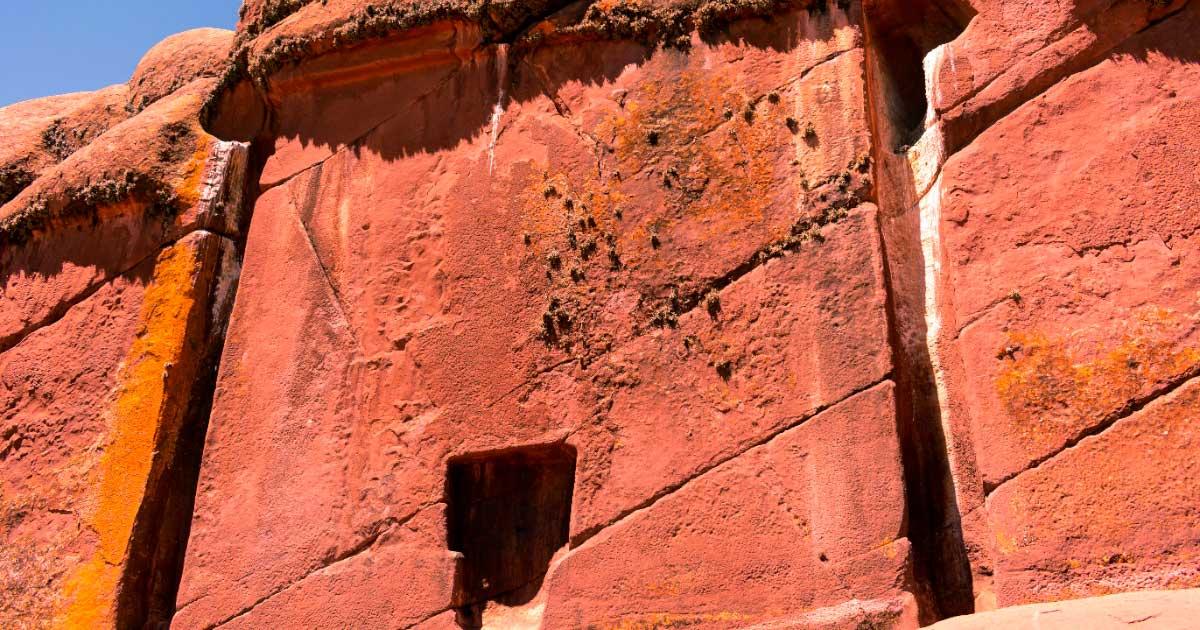
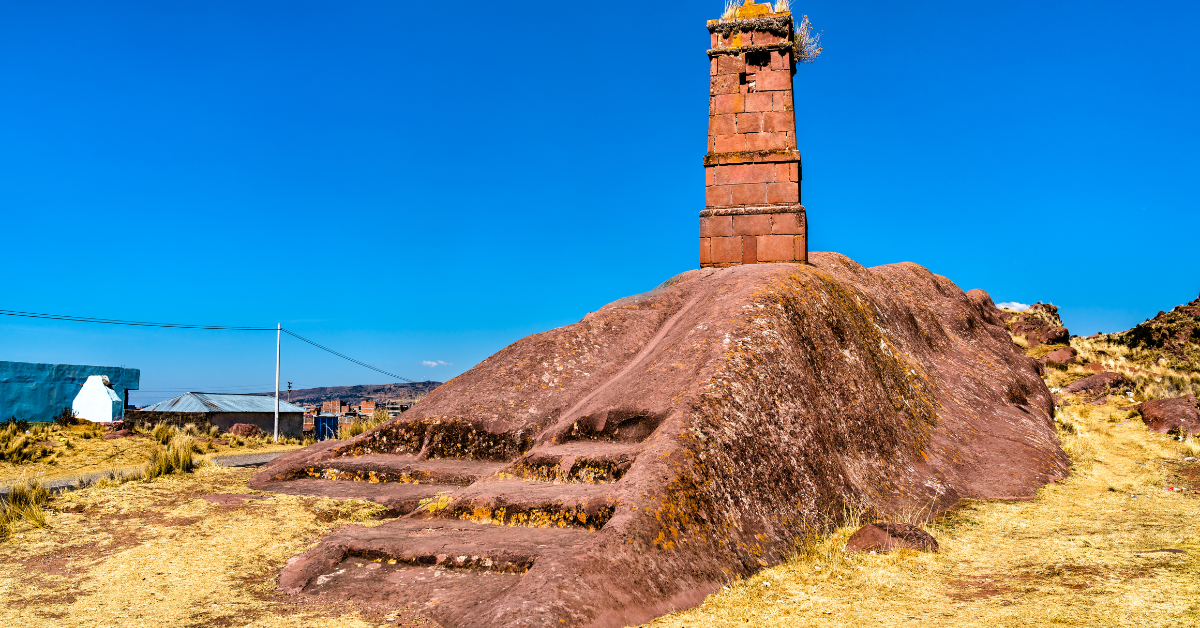
Copacabana
Copacabana is a Bolivian town located on the shores of Lake Titicaca. Known for its vibrant festivals and religious significance, Copacabana is a gateway to Isla del Sol and Isla de la Luna.
Highlights and Attractions
- Visit the Basilica of Our Lady of Copacabana, a beautiful colonial-era church.
- Explore the local markets for handicrafts and textiles.
- The Gateway to Sacred Islands, and probably where most will end up staying at least a few days of their trip due to it's proximity and access to other attractions.
- Explore Calvary Hill and take in views of the Lake Titicaca and the city.
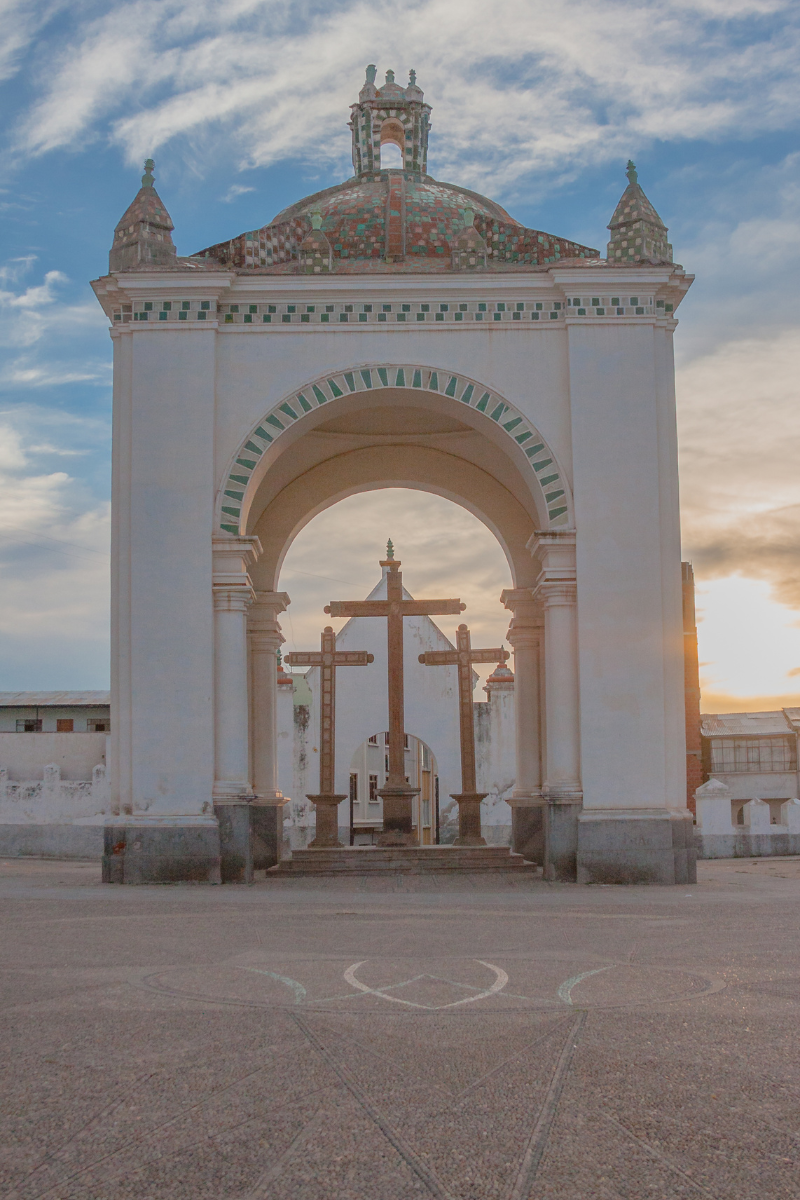
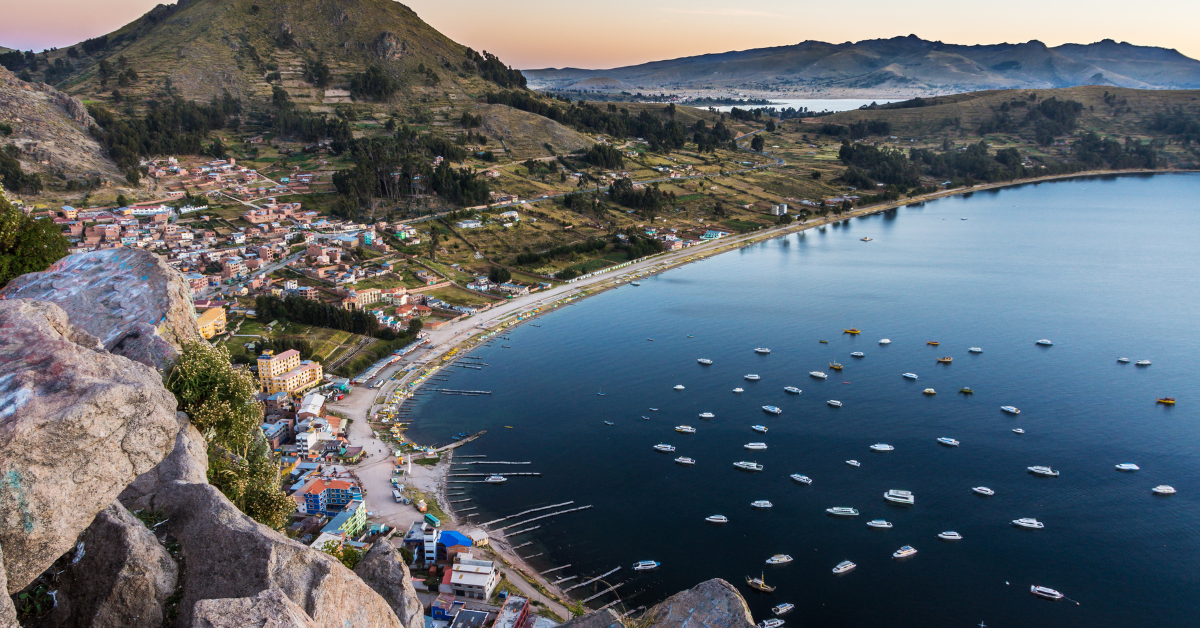
Chucuito
Chucuito is a small town near Puno known for its pre-Incan and colonial history. The Inca Uyo temple, famous for its collection of phallic statues (🍆), is one of the town’s main attractions.
Highlights and Attractions
- Visit the Inca Uyo fertility temple, featuring ancient stone carvings.
- Explore the colonial-era churches and plazas in the town.
- Enjoy the serene views of Lake Titicaca from this peaceful village.
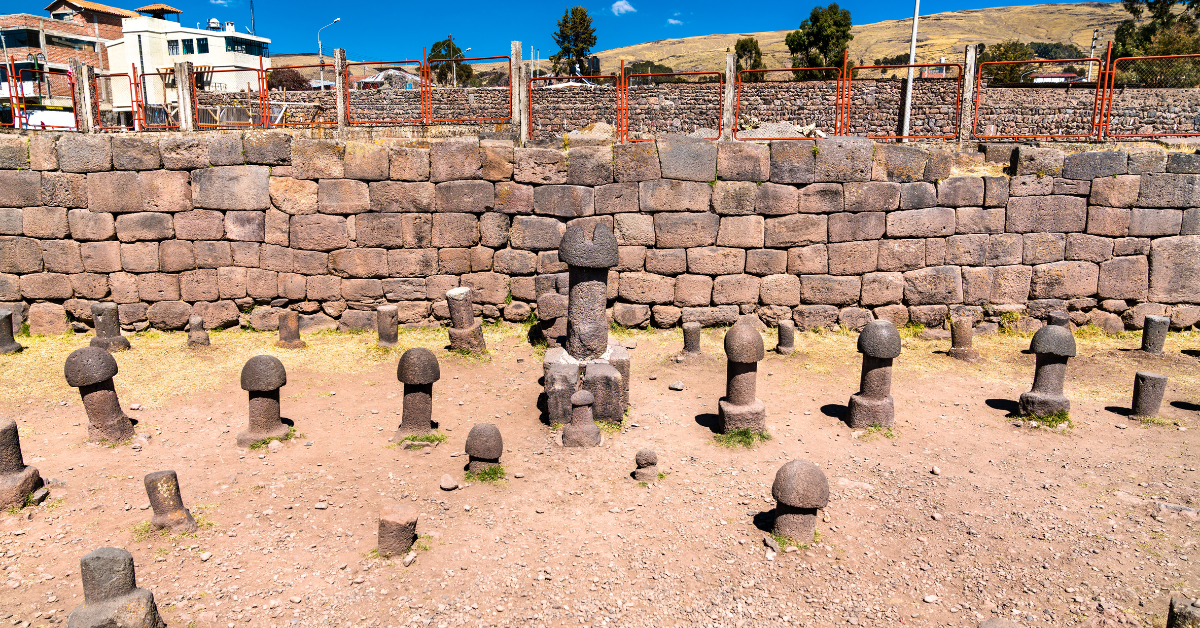
Frequently Asked Questions
When Is The Best Time To Visit Lake Titicaca For Good Weather?
The best time to visit Lake Titicaca is during the dry season from May to September. The weather is typically sunny and mild, with daytime temperatures averaging around 15°C to 20°C (59°F to 68°F), though it can drop to below 0°C at night. This is the perfect time for outdoor activities and hiking around the lake.
When Is The Cheapest Time of Year to Visit Lake Titicaca?
For budget travelers, the rainy season from December to March offers lower prices for accommodations and tours. However, be prepared for possible rain and cooler temperatures, as the lake’s altitude can make conditions unpredictable.
I personally visited in April, and the weather was perfect. While I wasn't planning to swim during this trip, I had my heart set on exploring the ancient history of the area. That was my true mission, and Lake Titicaca did not disappoint. The blend of stunning landscapes and profound historical significance made it an unforgettable experience.
What Is The Best Way to Get to Lake Titicaca?
The easiest way to reach Lake Titicaca is by flying into Juliaca Airport in Peru or El Alto International Airport in Bolivia.
- From Juliaca: Juliaca is the closest airport to Puno (about 44 km, or 1-hour drive). From Puno, you can easily arrange boat tours to the floating islands or other nearby attractions.
- From La Paz: From La Paz, Bolivia, take a scenic bus or private car to Copacabana (approximately 3-4 hours). From Copacabana, you can take a boat to Isla del Sol and Isla de la Luna.
Transportation Options
- Bus: From Cusco to Puno, the bus journey takes about 8-9 hours.
- Train: The luxurious Andean Explorer train from Cusco to Puno takes about 10-12 hours, offering a scenic ride through the Andes.
Are There Things I Should Bring With Me To Lake Titicaca?
- Altitude sickness medication – The altitude of Lake Titicaca (at 3,812 meters above sea level) can cause symptoms of altitude sickness.
- Warm clothing – Even during the day, temperatures can drop quickly, especially at night.
- Sun protection – The high altitude means the sun is stronger; bring sunscreen, a hat, and sunglasses.
- Cash – Many small towns and islands may not accept credit cards.
How Many Days Does It Take To Explore Lake Titicaca?
How long you should spend at Lake Titicaca depends on what you want to experience. Here’s a breakdown:
- 1-2 Days: A quick trip to explore Puno, the Uros Floating Islands, and Taquile Island.
- 3-4 Days: Add visits to Amantani Island and the Isla del Sol, plus a homestay experience.
- 5+ Days: Include Sillustani, Copacabana, and possibly a trek to the mystical Aramu Muru.
Each island and attraction takes a few hours to explore, and the boat rides between them can add travel time, so plan accordingly.
Is Lake Titicaca And The Area In General Safe?
Yes, the Lake Titicaca region is generally considered safe for travelers. Both the Peruvian and Bolivian sides of the lake, including the popular destinations like Puno, Copacabana, and the Uros floating islands, are accustomed to tourism and have a relatively low crime rate.
Peru has a lower crime rate than the United States—though that's not hard to accomplish sadly. However, as with any travel destination, it's best to take standard precautions:
- Pickpocketing: Be mindful of your belongings, especially in crowded areas like markets or bus stations.
- Altitude Sickness: At an elevation of 3,812 meters (12,507 feet) above sea level, Lake Titicaca is extremely high. Altitude sickness is a common concern, so acclimatize slowly, stay hydrated, and avoid strenuous activities on your first day.
- Health and Hygiene: In more rural areas or during homestays on islands like Amantani or Taquile, be mindful of food and water hygiene. Drink bottled or purified water, and if you're sensitive to altitude or changes in diet, bring medications like Imodium or anti-altitude sickness pills.
- Local Transport: If you're taking public transportation, such as buses or boats, ensure the service is reputable and that you're aware of your surroundings.
By taking these basic safety precautions, you can enjoy a memorable and safe journey to Lake Titicaca.
By following this Lake Titicaca travel guide, you’ll be able to experience the best of this mystical destination, from its ancient ruins to its unique local cultures. Lake Titicaca is more than just a lake—it’s a journey back in time.
Popular Post:
